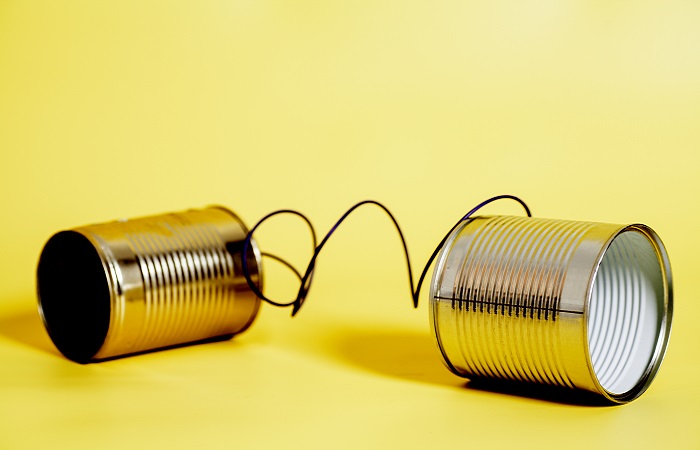
Need to know:
- Too much technical information is a turn-off when it comes to raising awareness of group risk benefits.
- Focusing on the embedded health and wellbeing services enables employers to communicate group risk regularly and with messages that will be relevant to more employees.
- Simple steps such as changing a group risk product name and producing total reward statements can help to increase awareness.
Group risk benefits are a valuable part of an employee’s reward package, providing the reassurance of financial protection alongside a mix of health and wellbeing services. But, with employees often misunderstanding what’s on offer, employers need to consider a communications reboot.
Research published by Legal and General in February 2021, highlights the employee disconnect from group risk benefits. When asked whether different benefits were relevant to their health, wealth and happiness, just 32% said income protection was very relevant, with this falling to 23% for critical illness cover and 16% for employee assistance programmes (EAPs).
There are several reasons behind this, as Jo Elphick, marketing director, group protection at Legal and General, explains: “Employees get so many communications, they can feel overwhelmed by the corporate noise. Add to this the fact that most group risk messaging starts with the technical information and it’s not surprising that employees switch off.”
Flip the message
One way to avoid this is to promote the free health and wellbeing benefits rather than headline on the insurance. “The insurance bit is boring,” admits David Williams, head of group risk for Towergate Health and Protection. “Organisations get much more engagement by promoting these rather than tucking them away in paragraph eight after a load of insurance terms and conditions. Every employee can use them.”
The pandemic has helped to accelerate this shift. With insurers enhancing the services they offer, and employers keen to support their staff’s health and wellbeing, messaging started to major on the freebies.
This proved to be highly effective with figures from Group Risk Development showing there were 138,222 interactions with these embedded services in 2020, almost double the 74,707 seen in 2019. “It’s definitely helped to increase usage and raise awareness of these benefits,” says Katharine Moxham, spokesperson for Group Risk Development. “Employers need to regularly remind staff what they have, including the insurance. They would have been very appreciative of the fact they had life insurance when anxieties about the pandemic were high.”
Relevant and engaging
Williams agrees. He says little and often is the key to raising awareness. “Thanks to all the extra services, employers can weave group risk benefits into just about every corporate communication,” he says. “Nine out of 10 times, employees don’t need the extras but then one day it will strike a chord.”
The health and wellbeing support provided by many of the free extras makes it easier to communicate these too. As an example, organisations could link to sports events and health campaigns to encourage employees to sign up to a health initiative available through the group risk benefits. “By making communications relevant and engaging it will encourage employees to use, and value, these benefits,” says Dan Crook, protection sales director at Canada Life. “We’ve also seen results where employers promote the fact that these health and wellbeing results are for family members too.”
Name change
Confusion can also creep in as a result of the names given to group risk benefits. Life insurance may be obvious but income protection, critical illness and EAPs fall short on the Ronseal ‘does exactly what it says on the tin’ promise.
A rebrand can help. To illustrate this, Elphick points to the winner of one of Legal and General’s Not A Red Card awards, National Care Group. “By changing the name of its EAP to the ‘Confidential Advice Line’ it has overcome employee concerns about privacy, and call volumes have increased by more than 200%,” she explains.
And, while they’re a more traditional benefits communication tool, Williams says not to overlook the power of a total reward statement. “It’s the obvious place for employees to find out what’s in their package,” he says. “And, because it outlines the value of everything, it’s an effective way to retain staff.”
Mixing together old and new ways of promoting group risk benefits is essential, but by focusing on the health and wellbeing extras, employers can make them relevant to all.